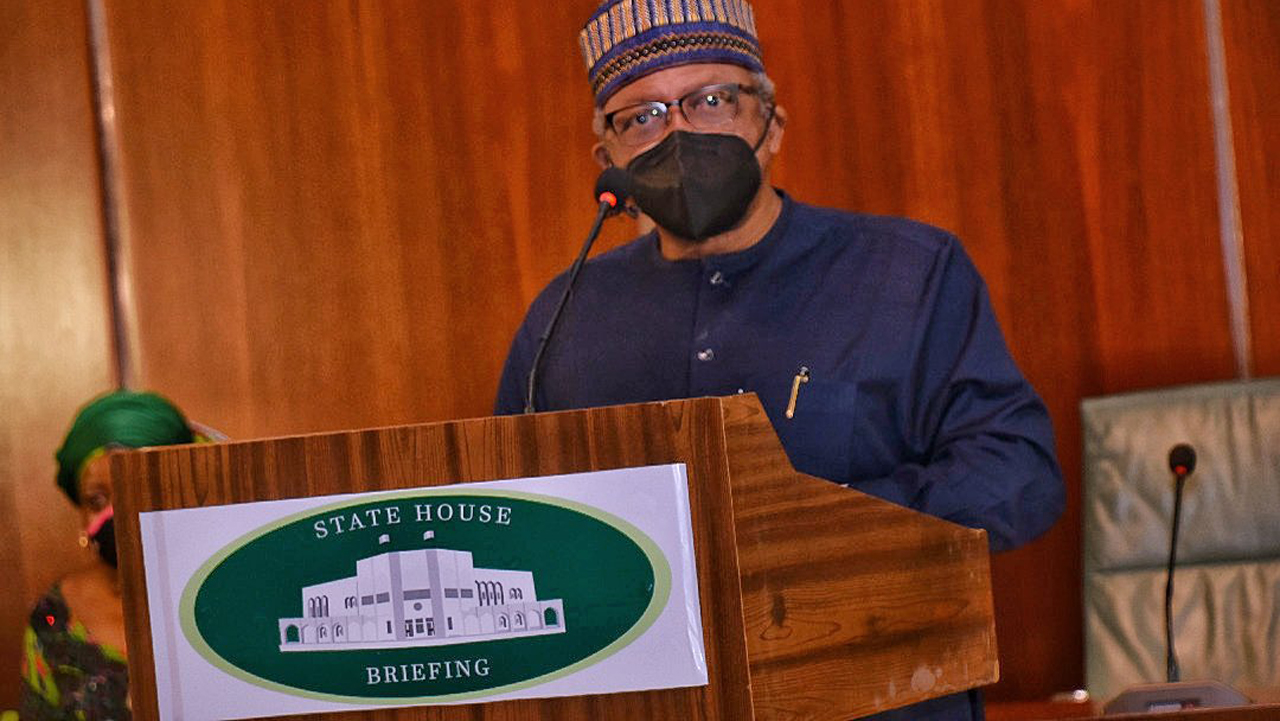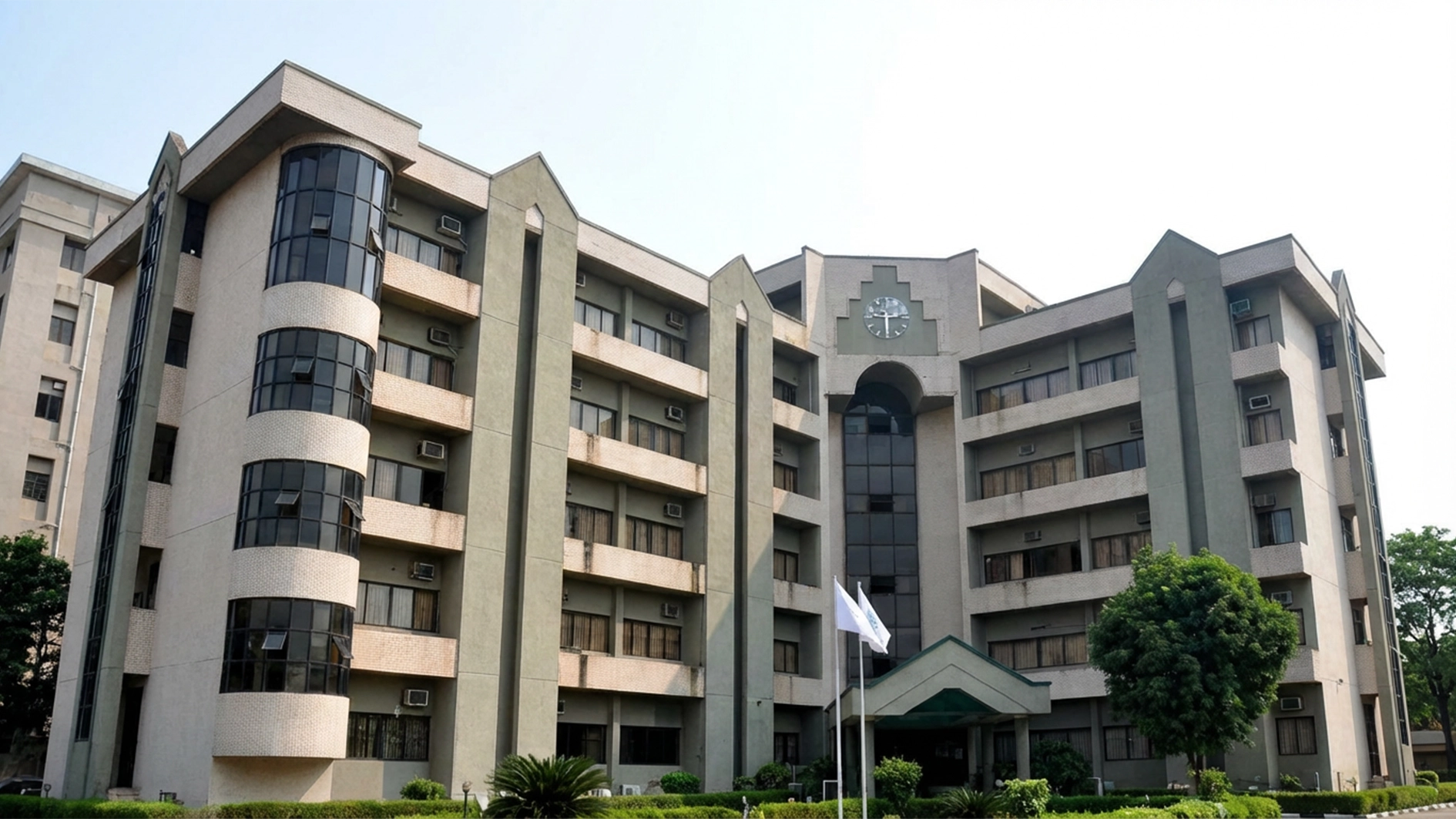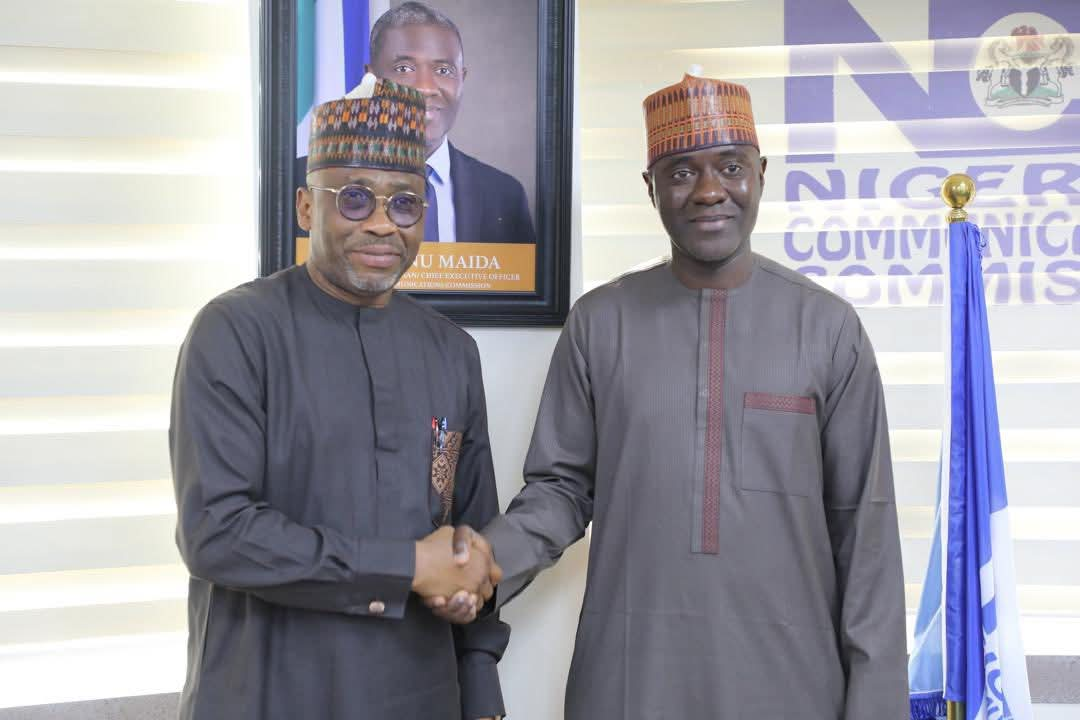
•Only 240 PHCs out of 1,200 in Kano could provide minimum service package
•Kano needs N320bn to provide equipment, staffing, infrastructure at PHC’s
The Federal Government flagged off the Primary Healthcare Centres (PHC) revitalisation programme in January 2017, under which it committed to refurbishing 10,000 PHCs across the country with at least one Centre in each of Nigeria’s 109 senatorial districts.
But four years on, PHC facilities across the country are still begging for attention.
The Guardian investigation revealed that despite all past and ongoing efforts by the Federal Government, the implementation of PHC in Nigeria has been plagued by several challenges: poor governance, inadequate financing, poor human resources for health and under-utilisation of the PHC facilities by individuals and communities.
Medical experts, who spoke to The Guardian, agreed that the Nigeria PHC system suffers from fragmented services, weak referral systems and poor infrastructure. They insist that there are serious gaps in access to basic health services. They also said the multiplicity of vertical disease control programmes, with poor integration of services at suboptimal levels, result in low coverage of high-impact, cost-effective interventions. It was found that there is poor linkage between different levels of care, materials and equipment for service delivery at the PHC facilities.
The Guardian investigation revealed that most health centres no longer have functional drug revolving schemes, resulting in shortage of essential and critical medicines and commodities at point of service delivery. It was discovered that a good number of the components of PHC are not provided at most service delivery points. All of these challenges are worsened by professional conflicts within the health system, and by insurgency and Boko Haram conflict, especially in northeastern Nigeria, which has hampered effective PHC service delivery.
The Guardian investigation was corroborated by a study by the Alliance for Health Policy and Systems Research (AHPSR), in collaboration with the Bill and Melinda Gates Foundation. They developed a set of 20 case studies of primary health care systems in selected low- and middle-income countries as part of an initiative entitled Primary Care Systems Profiles and Performance (PRIMASYS).
AHPSR and World Health Organisation (WHO) published the study by Prof. B.S.C. Uzochukwu of the Institute of Public Health, College of Medicine, University of Nigeria, Enugu Campus, Enugu State.
Also, according to a study published in Frontier Public Health and titled “Primary Health Care in Nigeria: 24 Years after Olikoye Ransome-Kuti’s Leadership”, policy makers need to strengthen and revitalise PHC in Nigeria.
The study noted that the current state of PHC system in Nigeria is appalling with only about 20 per cent of the 30,000 PHC facilities across Nigeria working.
According to WHO, PHC is the provision of basic essential health services (preventive, promotive, curative and rehabilitative). It serves as the first point of access to health care by individuals, families and communities, bringing health services as close as possible to homes and workplaces, and has thus been described as the bedrock of Universal Health Coverage (UHC).
In Nigeria, PHC centres, Basic Health Clinics (BHC) and Comprehensive Health Centres (CHC) deliver PHC services, with over 30,000 of these facilities spread across 9,565 Wards in 774 Local Government Areas. With oversight by the Local Government Authorities (LGAs), majority of these facilities are in the rural, underserved and hard-to-reach areas to ensure equity and access to health services.
HOWEVER, a visit by The Guardian to some of the PHCs in the Federal Capital Territory (FCT) Abuja, showed that the PHCs are plagued by several challenges as most PHCs are still poorly equipped, and drug availability as well as environmental hygiene is a source of concern.
Located in Dei-dei, a densely populated community in Abuja suburb of mostly low-income earners is the Primary Health Centre, which occupies a very little space and caters to the health needs of many other local communities around it.
A visit to this facility will discourage anyone seeking medical attention and a walk around the facility revealed cramped area, unhygienic environment and lack of basic sanitation.
The facility is obviously in dire need of a facelift, while basic equipment required to make a PHC function optimally are lacking.
The health centre, which is sited in a very tight space facing the power generator house, has very little room for human movement. The walls are stained with dirt causing many to avoid any form of contact with them.
Also, at the AMAC Primary Healthcare Centre, Lugbe, Abuja, which was commissioned in 2009 by then Minister of State for FCT, Chuka Udom, the story is almost the same, from untidy environment to unavailability of drugs.
Although a Non-Governmental Organisation, Envision Global Care Foundation renovated some part of the clinic and also donated antenatal and postnatal units to the centre, the building is still yearning for a total overhaul as most part of the ceilings were soaked with rain, with some parts on the verge of collapse.
Though patients and their guardians are happy with the prompt attention they receive at the facility and the 24-hour services being provided, they however, lamented that drugs were always not available.
A middle age father, Mr. John Idoko, who brought his two year old sick son to the clinic, said: “The nurses are trying, but they don’t have drugs. Look at the ceilings and the compound, you can see that it doesn’t look the way a medical facility ought to. The environment is not good. So, if government is renovating other clinics, they should please remember this one because our population here is much and other communities on this airport road are also using this clinic.”
When The Guardian visited the Primary Healthcare centre in Iddo, though the facility was renovated in 2020 by the Nigeria Society of Engineers’ Spouses Forum, there is need to expand the clinic to accommodate more patients.
The officer in-charge of the facility, Mrs. Toyin Neemat Saidu, told The Guardian that the facility was in a very terrible state until the intervention by the forum. If you were here before the renovation, you can’t even sit down. It was really bad, but we thank God for the intervention of the Nigeria Society of Engineers Spouses’ Forum.”
Saidu noted that apart from drugs, the facility is in serious need of a delivery coach, as the one presently used by the facility is bad and supported with a wood, which if care is not taken, can collapse and fall on patients.
She said: “We also use solar power to compliment the power from the national grid instead of relying on generator because electricity supply in this community is irregular. Other equipment needed by the clinic include baby couch, forceps, hematocrit machine, scanning machine, plastic chairs and more staff.”
At the Model Primary Healthcare Centre, Kuchigoro in Abuja, where President Muhammadu Buhari flagged off the PHC revatalisation programme, services are offered round the clock but not without one or two challenges, especially that of space.
The hall initially designated for antenatal care clinic is now occupied by the College of Health Services, Department of community medicine of one of the private universities in the FCT, while the antenatal clinic now holds under a small tent in the premises.
A source told The Guardian that when the building was being constructed, most of the workers thought it was meant for the Centre but only to later discover that the space was allegedly sold to the university and the matter has been under contention.
When The Guardian inquired how expectant mothers cope when it rains considering that the tent is not well covered, the source said that the women go inside adding that efforts are already being made to build a new hall for antenatal clinic.
Residents of the community told The Guardian that the clinic has been of tremendous help to them since the upgrade.
Mrs. Martha Joseph, who uses the clinic, said the workers are friendly and the fees affordable.
“We thank the Federal Government for renovating the clinic for us. Before, we used to go to chemist and buy medicine because the centre did not have medicine. But we now use the clinic since this renovation because they now have drugs and they don’t charge us too much, even the doctor comes almost every day.”
ALSO, in Abia state, there are 722 PHC located in the 292 political wards across the 17 Local Government Areas (LGAs).
They are, however, at different state of functionality, as some have been refurbished or undergoing same or marked for refurbishing, while some are crying for attention because of their level of dilapidation.
The fund for rehabilitation are being released quarterly from the National Basic Healthcare Provision Fund (BHCPF) to each of the Centers at the rate of N300,000 since 2019.
The state PHCs are managed by the State Primary Health Care Development Agency (SPHCDA), which has Dr. Chinagozi Adindu, a medical doctor who has been on the saddle for four years as the Executive Secretary / Chief Executive Officer.
On the promise the Federal Government made to refurbish 10,000 primary health centres across the country by 2020, Adindu told The Guardian that the state in 2019 submitted its list of PHCs and their locations to Abuja as requested but was yet to get a response on the issue.
He disclosed that one healthcare centre is selected from each of the 292 wards for refurbishing in the state from the Fund the state accessed from BHCPF.
The Executive Secretary of the state Agency said they qualified to access the Fund because the state paid its N100 million counterpart fund, adding that the programme is going on well in the state.
According to him, from December 2019 till now, the state has accessed about N600 million from BHCPF for health insurance and primary health care deliveries respectively. He said BHCPF is designated for infrastructure, equipment, drugs, training and emergency medical services, among others.
When The Guardian visited the Nsukwe rural healthcare centre in Umuahia South LGA, where Mrs. Faith Onuegbu is the Matron, there was evidence of rehabilitation while ten female patients were seen being attended to as average of about 80 patients reportedly visit monthly.
At the Okaiuga Nkwoegwu rural health centre in Umuahia North LGA, renovation was in progress. The nurse in-charge of the Centre, Mrs. Augustina Ibe, told The Guardian that the money for the renovation came from the BHCPF and listed building of new toilet, purchase of generator, as some of the renovations ongoing but lamented the leaking roofs. She added that the Centre was also provided with refrigerator to preserve medicines and other perishable items.
A medical doctor who works in the state but prefers to be anonymous commended the Federal and Abia state governments on the primary healthcare programme.
Despite saying that Abia has performed creditably in the implementation of the primary healthcare programme, Adindu said more funding is required for integrated supportive supervision/monitoring, including logistics to distribute drugs, vaccines and do outreach services especially with poor accessibility areas.
He called on individuals and groups to assist the programme and acknowledged the contributions already made by some communities’ age-grades, and individuals some of whom built and donated health centres, sank water boreholes and a Diaspora group that made contribution of over N50 million.
He disclosed that the Abia State Primary Health Agency is ahead of its contemporaries in the federation adding that Abia is ranked first for having the highest number of children delivered successfully in primary health centres.
He said: “BHCPF and Accelerated Nutrition Results in Nigeria (ANRiN) have made it possible for Abia to stand out as one of the states in Nigeria to access and commence implementation of BHCPF as well as benefit from the World Bank funded Nutrition Intervention Programme.”
Besides, he said that the 21st century indigenous innovative concept of ‘dial a doc direct’, which is an initiative of the Abia Tele-Health Centre, has helped in the improvement of quality healthcare and coverage across the 722 primary healthcare facilities in the state.
He said the Agency has sustained collaboration with the office of the state governor’s wife’s, Vicar Hope Foundation, which launched series of interventions to combat sickle cell disease, cancer, high maternal and infant mortality rates among others, with good results to match.
“With the support of NPHCDA, the Abia counterpart Agency has also trained about 4,000 health workers and community leaders on ethiology, pathogenesis and control of COVID-19 and other communicable disease in the state,” Adindu said.
He described this as an uncommon boost in Abia saying: “The Agency has attracted 233 solar direct drives (solar powered refrigerators) from NPHCDA worth over one billion and installed them in the ward health centres for effective vaccine storage and preservation, adding that with these, the hitherto existing gap in human resources has been addressed even as 292 midwives were contracted and deployed to all the wards in the state.”
MEANWHILE, in Kano, only 20 percent of primary health facilities offer basic services.
With an estimated population of 10 million people, who patronize Kano State has the largest primary healthcare Centre and other designated facilities that offer basic clinical services to residents, essentially at the rural and pastoral communities.
Official record indicated that 1,200 facilities are under the management of the state Primary Healthcare Management Board. However, it was gathered that 80 per cent of the facilities could not function as primary healthcare centres under the basic minimum standard of operation.
A visit to PHC facilities at Garo PHC, Saroniya PHC both at Garo and Dawakin-Tofa local government areas showed poor facilities and lack of qualified health personnel.
The Guardian gathered that patients seeking treatment here can only do that on or before 4p.m. because the centres close at exactly that time.
At Tamawa and Gulu PHCs both in Rimin-Gada local government, the situations were not different. It was learnt that medical conditions were handed to environmental and hygiene personnel because of acute shortage of qualified nurses and medical doctors.
Also, at the Fulani settlement of Jigba village in Makoda local government area, the primary healthcare post can only offer advice to patients who seek clarification on their medical condition after which they would be referred to secondary or tertiary facilities for better treatment.
Basically, the centres visited had no capacity to render maternity services, nor conduct basic laboratory tests and/or provide admission to critically sick patients, a clear indication of lack of capacity to meet basic minimum package in the primary healthcare services.
Reacting to the situation, the executive secretary of the board, Dr. Tijjani Hussan, who could not deny the state of disrepair of healthcare system under his watch insisted that government was actually doing its best within the available resources. He revealed that consistent increase in population has continued to over-stretch existing facilities.
Hussan, who said that large number of existing facilities in the state were health posts and clinical centres, revealed that only 240 PHCs out of 1,200 could provide Minimum Service Package (MSP) as required under the National Primary Health Care regulation.
The community health consultant explained that, to consistently meet the medical needs of the growing population, Kano State government needs N320 billion yearly to provide not less than 1,918 functional facilities and necessary staffing. He said given the present economic difficulty, it would be difficult for government alone to provide all the facilities required.
“Presently, Kano has 1,200 PHC across its 44 local government areas. The services rendered in these lower carder health facilities include immunisation, managing malaria, health sensitisation, and tuberculosis vaccination, anti-natal and other outreach services. We are really making steady progress. I can confidently say that but not without challenges.
“PHC care in Kano is definitely not a one size fit all. The NPHCDA provides guidelines and scale of operations for PHC’s in the country. That is what is call the Minimum Service Package MSP, a document that specify the term of clinical services expected at PHC’s. The MSP service also categorised services to three classes- the basic health post, health clinic and PHC’s. The services, staffing and infrastructure you find will depend on the category you visit. Well, I can also attest to the fact that you will find good and not too good facilities during your findings. I am not surprised about that and I will tell you why.
“Based on the MSP requirement, that is, the basic standard services that PHC’s should provide, Kano has only 240 PHC’s that can provide services listed in the MSP. This means that other 980 PHC’s are either health posts or health clinics. And this is not to say government is oblivious of the needful or doing nothing to improve healthcare service in the state. For instance, budget on health more than ever before now exceeded 15 per cent among other provisions, but like you are aware, Kano unarguably has the largest population in the country with the highest local government areas. That means large chunk of resources are required constantly to provide health services to increasing population,” he said.
He added: “Let us now talk of standard. We have embarked on intensive research findings and arrived at the conclusion on the number of facilities, staffing and infrastructure that Kano requires based on the population and size. If government is to meet or implement the set standard of MSP, from our findings, government actually needs N320 billion in Kano to provide equipment, staffing and infrastructure to offer optimal care at the PHCs. By that estimation, instead of the present 240 functional PHC’s, we need not less than 1,918 facilities with full functionalities of PHCs.”
According to a study published in Frontier Public Health, governments have to maximise the opportunity provided by existing PHC facilities to make them sustainable to strengthen Nigeria’s healthcare system. According to the study, the running of PHC facilities would be more effective if Federal and State Governments took over their administration from the local governments.
The researchers concluded: “PHC policy in Nigeria can be strengthened through the implementation of the Abuja Declaration, thereby increasing domestic resources for health and improved budgetary allocation for the management of PHC. Governments should redirect resources for healthcare from curative services to preventive services to improve PHC infrastructures, encourage the migration of health workers from urban areas to rural areas, and provide acceptable level of healthcare services for all, thereby reducing the gross inequality in health status of the people”.






